Potted Horse Chestnut Care – Can Horse Chestnut Trees In Containers Survive
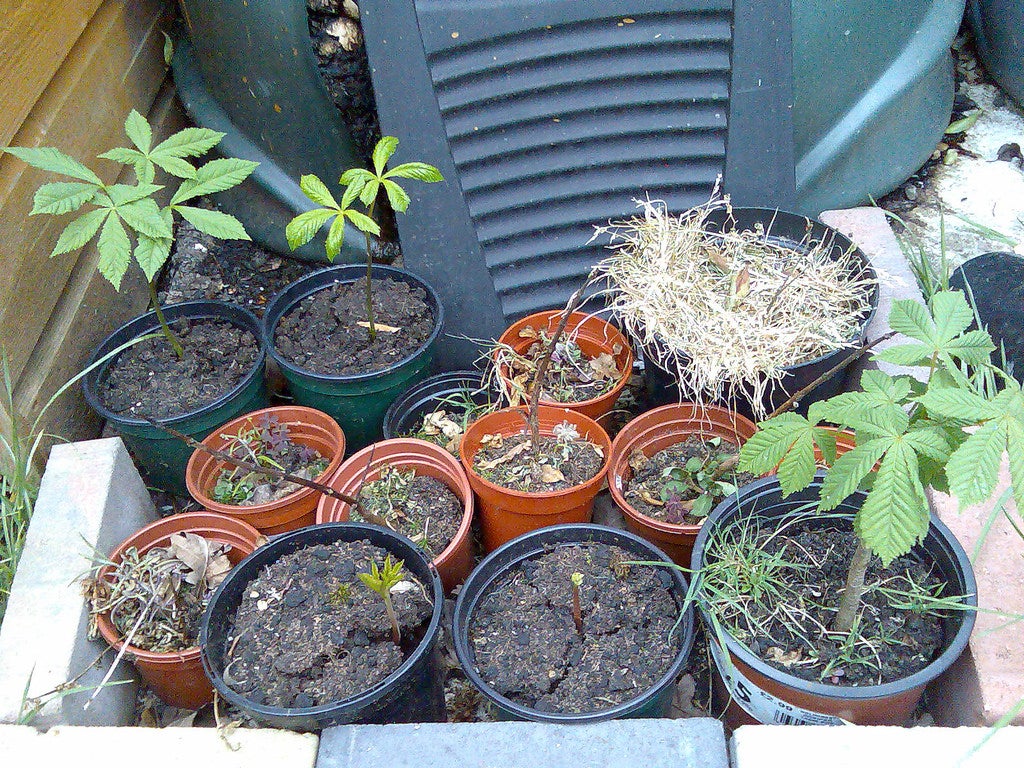

Horse chestnuts are large trees that provide lovely shade and interesting fruits. They are hardy to USDA zones 3 to 8 and are normally used as landscape trees. Their prolific fruit litter results in hundreds of intriguing nuts that can be container grown into trees. However, a potted horse chestnut is a short-term solution, as the plant will be happiest in the ground unless used as a bonsai.
Can You Grow Horse Chestnuts in Pots?
You can start horse chestnut trees in containers and plant them out when the trees are two to three years old. By that point, you would need a super huge pot to continue to grow the tree or it will need to get in the ground. Since the tree develops into a 30 to 40 foot (9-12 m.) specimen, container grown horse chestnut plants will eventually need to be moved to a well-prepared site in the landscape. However, they are fairly easy to turn into bonsais with a little know how.
If you want to try growing one of these stately trees, collect healthy, firm nuts from the ground in fall. Use good potting soil and cover the seed, removed from the husk, in enough soil to cover it to twice its length. Moisten soil and keep it damp, placing the container in a cool site such as a protected area outdoors, an unheated greenhouse, or cold frame.
Cover the container with plastic film or glass to conserve moisture and direct heat into the soil. It is fine if the container experiences cold. Like many seeds, horse chestnut plants need a period of chilling to release embryonic dormancy. Mist the container when it feels dry.
Caring for a Young Potted Horse Chestnut
Your container grown horse chestnut will produce two little cotyledons in spring and eventually some true leaves. Remove the plastic or glass as soon as you see these. Soon the plant will develop several true leaves. At this point, move the plant to a larger container, taking care not to damage the delicate, new root structure.
Keep the plant outside in a sheltered location and give average water. After a year of growth, the following spring, the tree can be moved into the garden or start training as a bonsai. Keep weeds away from an in-ground little tree and mulch around the root zone. Once it establishes, it will need little attention.
Bonsai Training for Horse Chestnut Trees in Containers
If you want to keep horse chestnut trees in planters, you will need to root prune. In spring, nip off the leaves and allow just three pairs to sprout and persist. Keep pruning off other leaves that sprout until summer. Let any further leaves remain.
Gardening tips, videos, info and more delivered right to your inbox!
Sign up for the Gardening Know How newsletter today and receive a free copy of our e-book "How to Grow Delicious Tomatoes".
The next year, repot the plant. Once removed from soil, prune two-thirds of the taproot. After four years, the tree is ready to be wired to develop an interesting form.
Every few years, repot the tree and prune the roots. Over time, you will have a little horse chestnut tree that will happily grow in its container with continued pruning, wire training, and root care.

Bonnie Grant is a professional landscaper with a Certification in Urban Gardening. She has been gardening and writing for 15 years. A former professional chef, she has a passion for edible landscaping.
-
 5 Tough Urban Trees That Thrive In Cities – Top Picks For Urban & Suburban Landscapes
5 Tough Urban Trees That Thrive In Cities – Top Picks For Urban & Suburban LandscapesExplore the best urban trees that will add value to even the most challenging of landscapes. Get growing with these ideas and enjoy all the benefits of trees.
By Teo Spengler
-
 7 New & Improved Cultivars Of Old-Fashioned Plants – These Aren’t Your Grandma’s Plants!
7 New & Improved Cultivars Of Old-Fashioned Plants – These Aren’t Your Grandma’s Plants!Old is new again! These old-fashioned plants have new cultivars that are sure to thrive in your garden and bring the charm factor. Neighbors will be envious!
By Mary Ellen Ellis
-
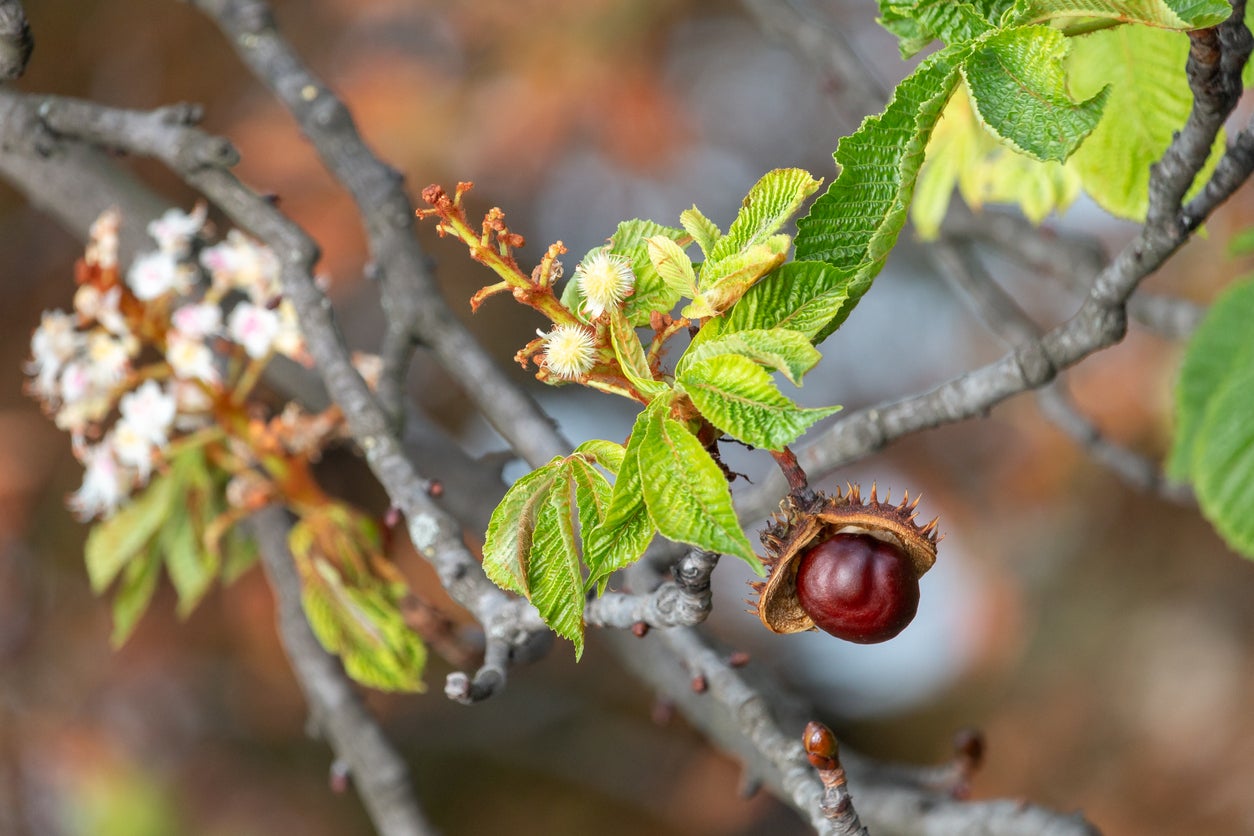 Horse Chestnut Pruning: Should You Cut Back Horse Chestnut Branches
Horse Chestnut Pruning: Should You Cut Back Horse Chestnut BranchesWhat does it take to keep a horse chestnut tree healthy? Do you need to cut back a horse chestnut? The following information on horse chestnut pruning discusses the pros and cons of pruning horse chestnut trees and how to prune them. Click here to learn more.
By Amy Grant
-
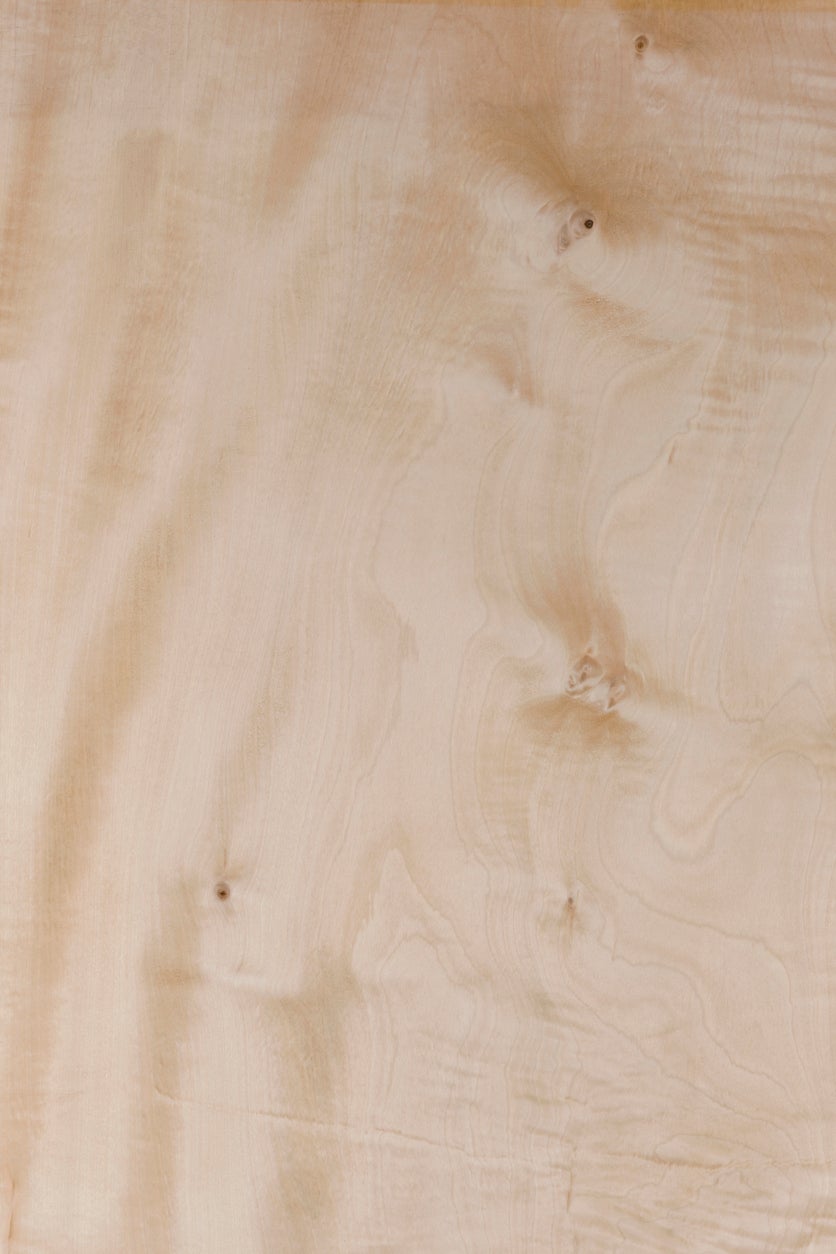 Uses For Horse Chestnut Wood – Building With Horse Chestnut Trees
Uses For Horse Chestnut Wood – Building With Horse Chestnut TreesBuilding with horse chestnut isn’t common because it is a weaker wood compared to others, and doesn’t resist rot well. But, with its creamy color and other desirable characteristics, there are some uses for horse chestnut in woodworking and turning. Learn more here.
By Mary Ellen Ellis
-
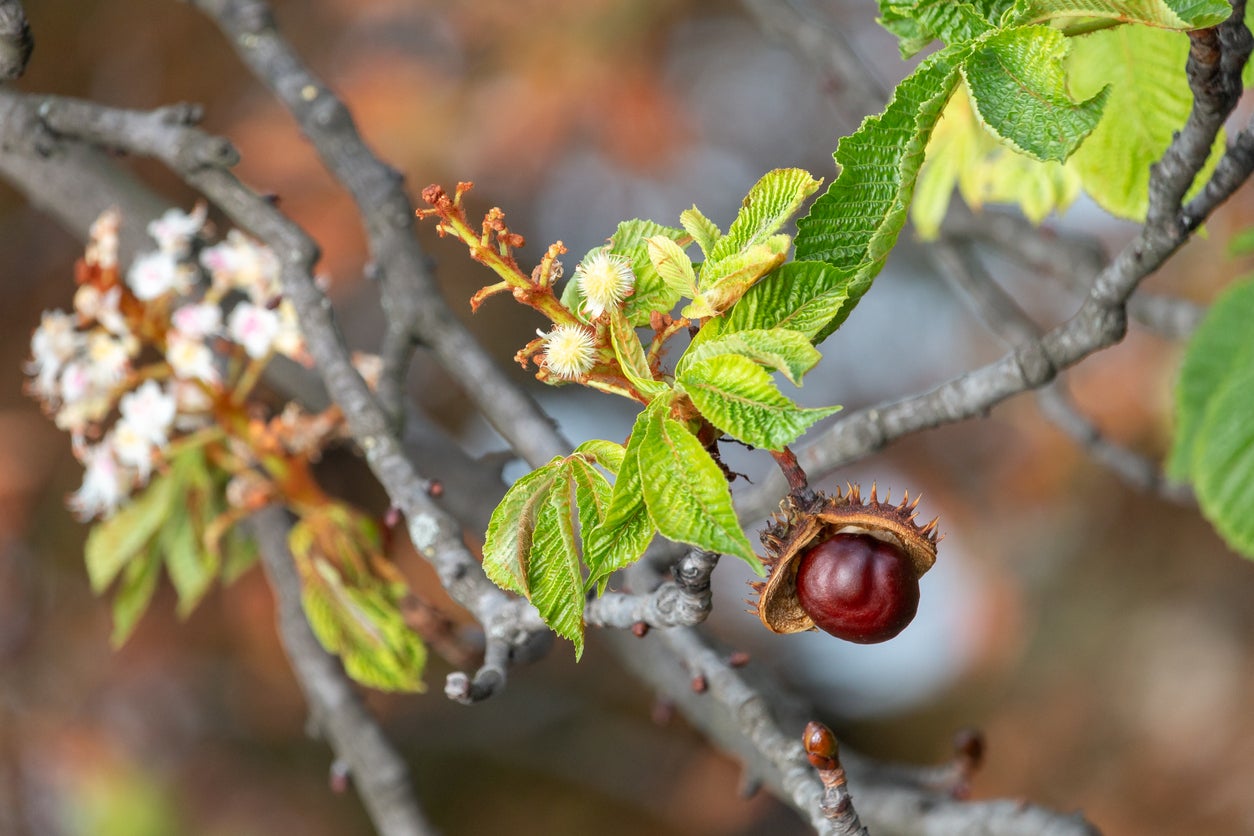 Horse Chestnut Varieties – Are Buckeyes And Horse Chestnuts The Same
Horse Chestnut Varieties – Are Buckeyes And Horse Chestnuts The SameOhio buckeyes and horse chestnuts are closely related but they aren’t the same. Wondering how to tell the difference between buckeyes and horse chestnuts? Learn the distinguishing characteristics of each and more about other Aesculus varieties in this article.
By Mary H. Dyer
-
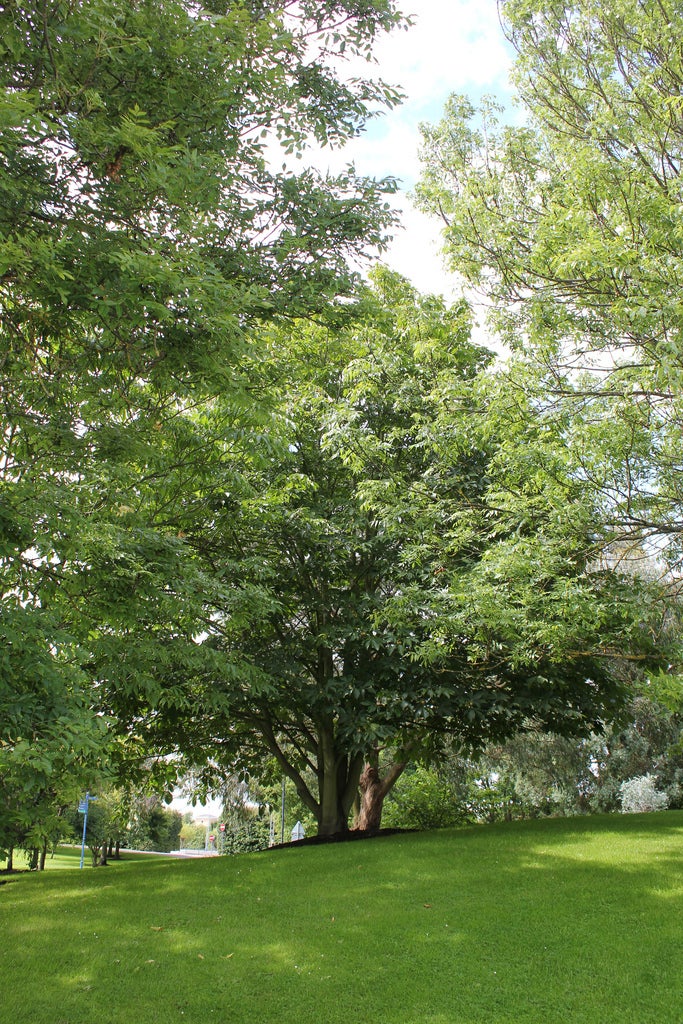 Japanese Horse Chestnut Info: Tips For Growing Japanese Chestnut Trees
Japanese Horse Chestnut Info: Tips For Growing Japanese Chestnut TreesIf you’re looking for a truly spectacular shade tree, look no further than the Turbinata chestnut, also known as the Japanese horse chestnut, tree. Want to learn more? Click on the following article for Japanese horse chestnut info and care for this impressive tree.
By Amy Grant
-
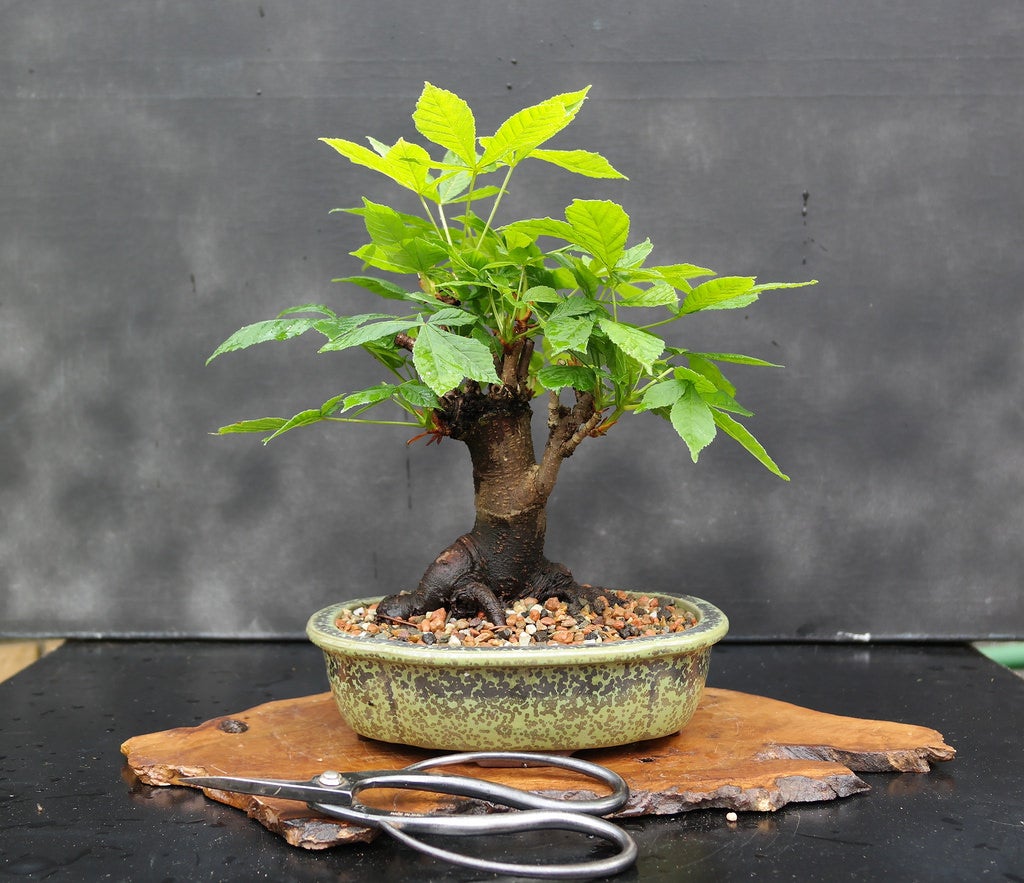 Horse Chestnut Bonsai Plants – Can You Grow A Horse Chestnut Bonsai Tree
Horse Chestnut Bonsai Plants – Can You Grow A Horse Chestnut Bonsai TreeNewcomers to the art of bonsai might have some trepidation about using an expensive specimen for their first attempt. Many native trees can become beautiful bonsai for little cost. Take the horse chestnut, for example. Find out how to grow a horse chestnut bonsai here.
By Amy Grant
-
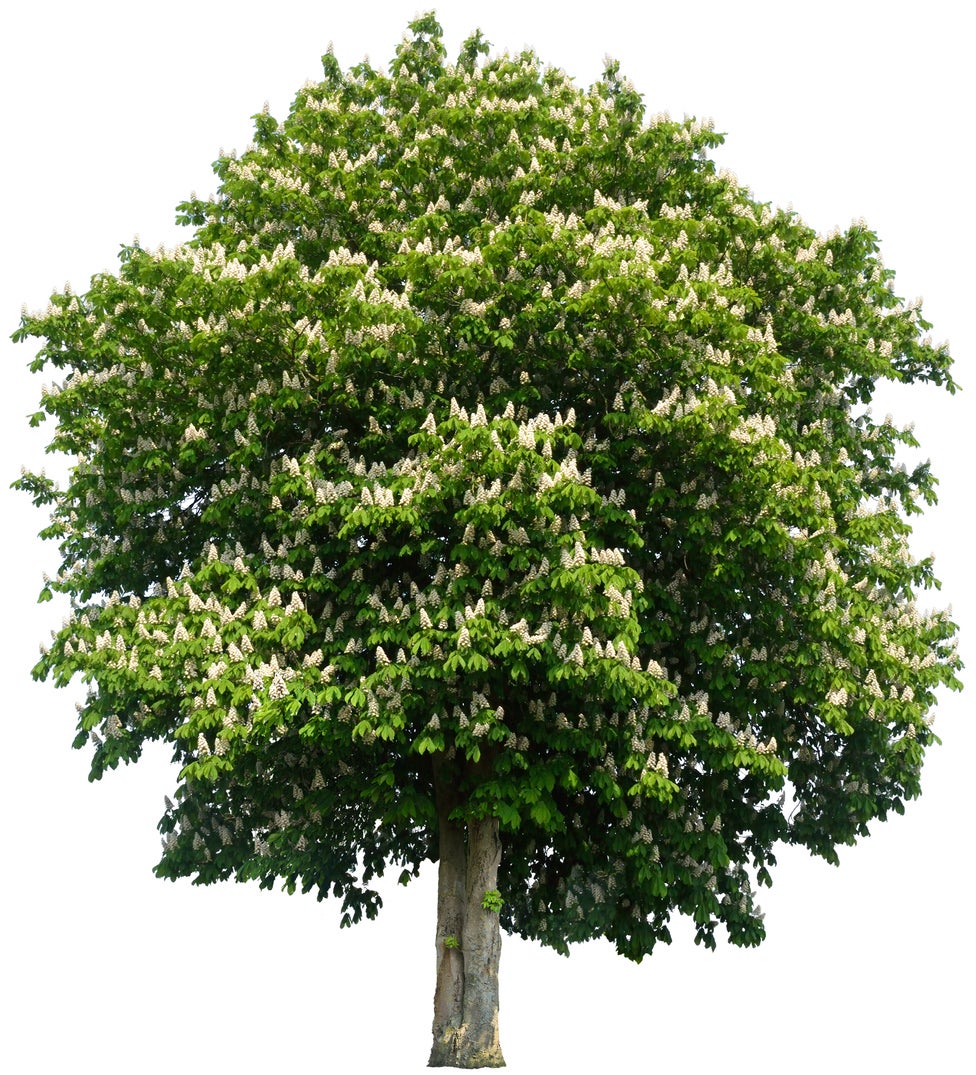 Baumann Horse Chestnut Trees – Care Of Baumann Horse Chestnuts
Baumann Horse Chestnut Trees – Care Of Baumann Horse ChestnutsThe Baumann horse chestnut is an interesting combination of both an attractive flowering tree and one that provides pleasant shade in the summer. Want to see if this tree is a good fit in your landscape? Click here for additional information.
By Tonya Barnett
-
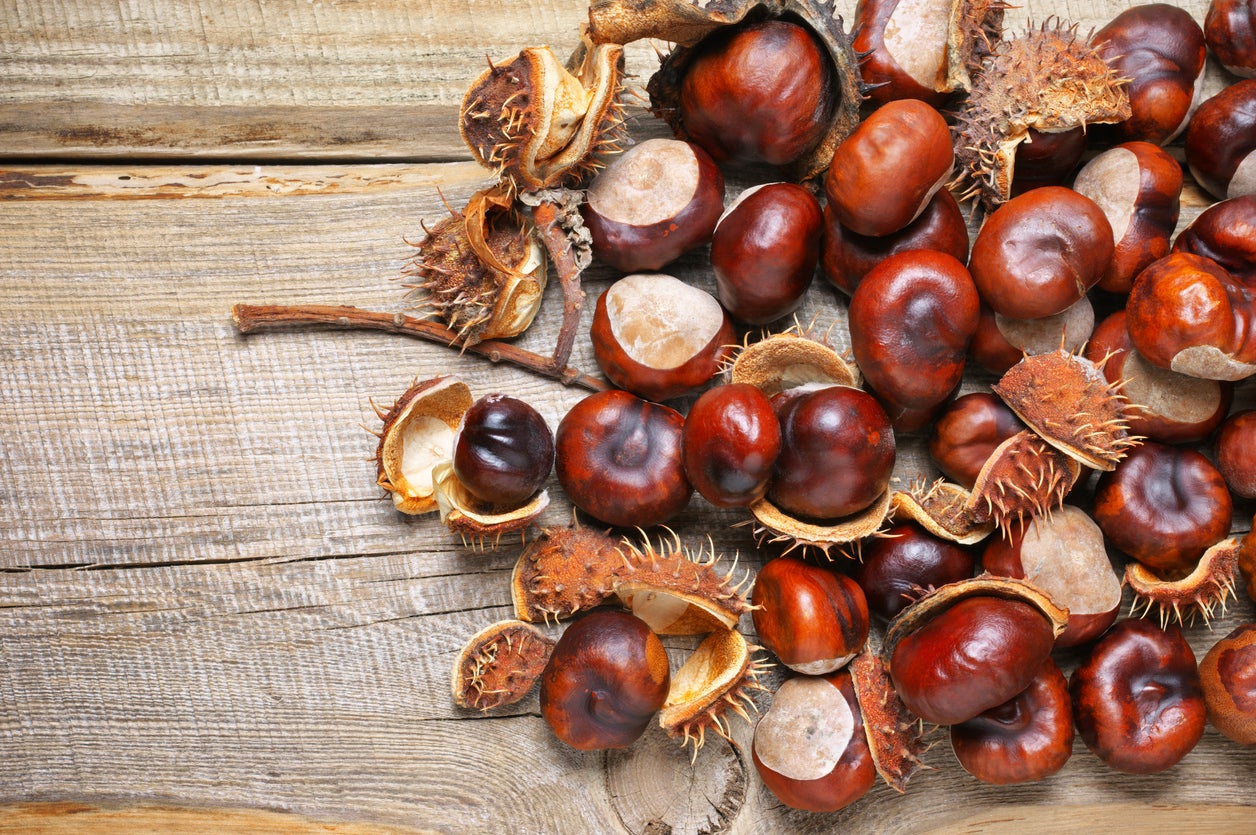 Are Horse Chestnuts Edible: Learn About Toxic Horse Chestnuts
Are Horse Chestnuts Edible: Learn About Toxic Horse ChestnutsWhen you hear the song about chestnuts roasting on an open fire, don’t mistake these nuts for horse chestnuts. Horse chestnuts are a very different nut. Are horse chestnuts edible? They are not and should not be consumed by people, horses, or other livestock. Learn more here.
By Teo Spengler
-
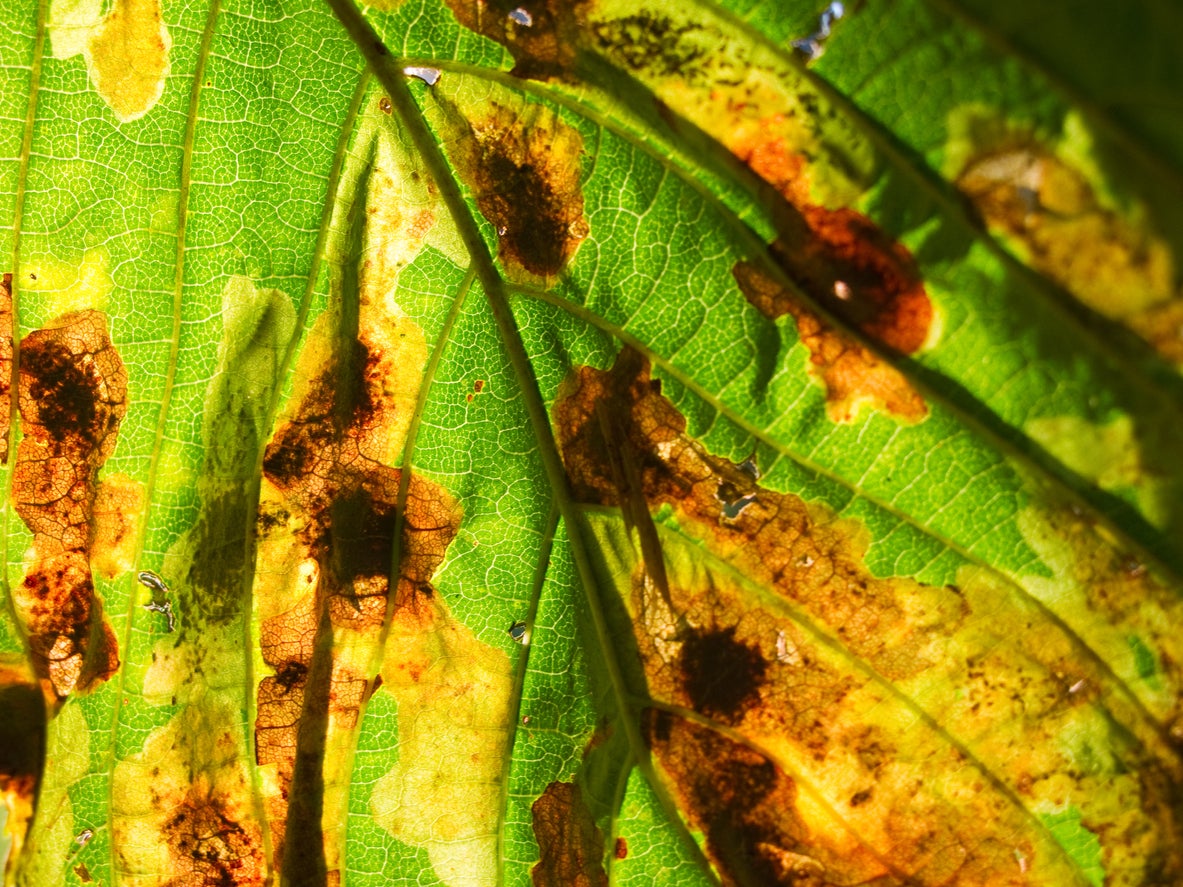 Horse Chestnut Bugs – Learn About Common Conker Tree Pests
Horse Chestnut Bugs – Learn About Common Conker Tree PestsWhile the chestnuts (conkers) produced by this tree are toxic to man and beast, the trees are subject to a number of horse chestnut pests. For information about horse chestnut bugs and other pests of horse chestnut trees, click on the following article.
By Teo Spengler